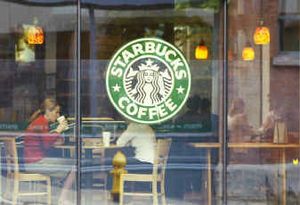How Seattle transformed itself: Any lessons for Spokane?
So this Harvard professor, who looks at "skilled cities," has this to say in the New York Times:
A great paradox of our age is that despite the declining cost of connecting across space, more people are clustering together in cities. The explanation of that strange fact is that globalization and technological change have increased the returns on being smart, and humans get smart by being around other smart people. Dense, smart cities like Seattle succeed by attracting smart people who educate and employ one another.
The professor is Edward L. Glaeser and this is part of a column headlined "How Seattle Transformed Itself" appearing today at Nytimes.com.
Glaeser doesn't refer to some ideas people often use when talking about high-energy, economically thriving areas, such as "industry clusters" or "Silicon Valley synergies."
But he's sort of marrying two frequently cited economic development ideas: the clumping of the "creative class" notion pushed by Richard Florida; and the Silicon Valley model of "coopetition" -- the sharing of ideas and resources among groups of companies that see a benefit in helping each other.
The column is worth a read. Hat tip to Emily Proffitt of Whitworth University for calling it to our attention.

